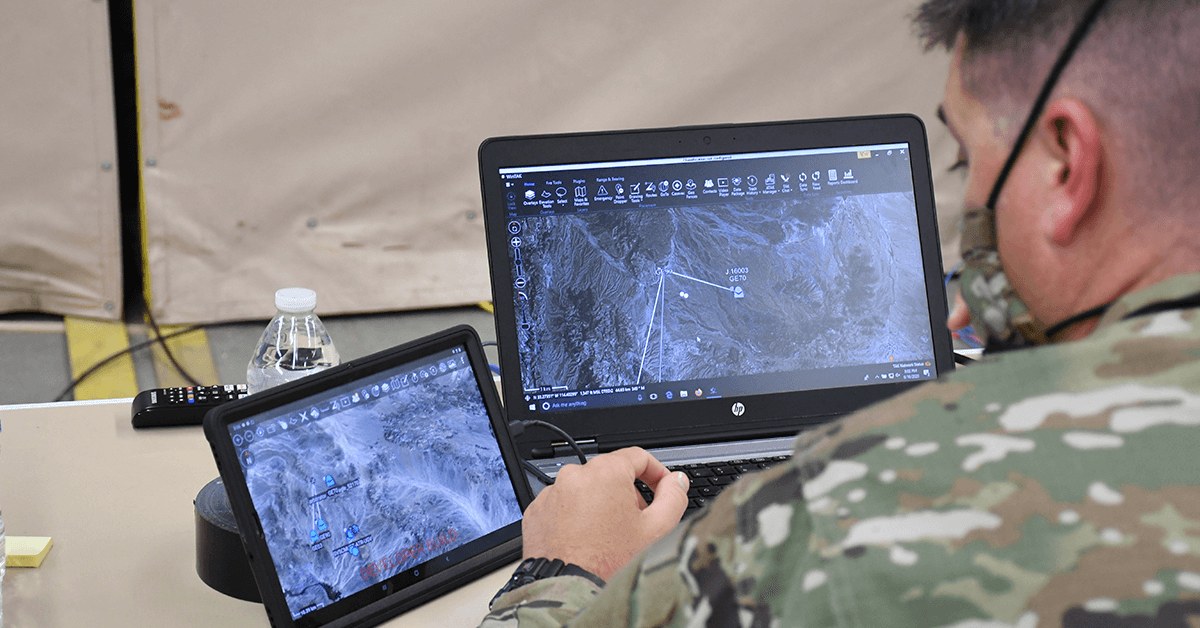In order to effectively realize Combined Joint All-Domain Command and Control — a.k.a. CJADC2, the U.S. Department of Defense’s sweeping data-sharing initiative — information coded in different ways has to be aligned and translated. Since the effort spans across all DOD components and service branches, the inputs “all talk a different language,” not unlike different types of smartphones, Army Futures Command’s Col. Matt Skaggs told National Defense Magazine.
Col. Skaggs, who is AFC’s director of tactical applications and architecture, said the DOD is developing a “single ingest point” at which “all of that data is normalized so it can be read by all of our applications.” Then, ideally, the data can be processed by the various applications and used for differing yet cooperative purposes.
Dive deeper into CJADC2, defense information-sharing and how to protect and securely share data at the Potomac Officers Club’s Joint Coalition Operations in 2030 Forum on May 30. This breakfast event will feature a fascinating keynote speech from the J2’s Dimitri Henry and a panel discussion from experts. Don’t miss this prime GovCon networking opportunity!
The DOD is right now working to construct the data normalization mechanisms — Col. Skaggs says it is in the “experimentation phase.” This stage includes talking to industrial base partners about the foundational architecture of the programs and identifying application programming interface standards that are usable for technology builders.
DOD officials want to avoid making the systems so consolidated that a single feature might malfunction and blackout the whole network — Col. Mike Kaloostian, also of AFC, said that to dodge this, “distributed networks are going to be super important.”
Additionally, they need to be mindful that access can sometimes be an issue for warfighters, especially at remote locations.
“We need to figure out how to also share data locally in case we are cut off. Total distribution is the key to the future of having the ability to be able to push down to the lowest level — truly the tactical edge — and to share data at the tactical edge,” Col. Kaloostian added.
The DOD anticipates that artificial intelligence and machine learning will transform its ability to maximize the utility of the data — Col. Skaggs estimates that as of now, in an advantageous outcome, only 25 percent of sensor intake data is being used. With AI/ML, that remaining 75 percent can be combed through quickly and made actionable.
The director of the U.S. Army’s Network Cross-Functional Team, Maj. Gen. Jeth Rey, estimates that the DOD might be able to overcome what other officials are calling its “data management problem” in the near future — potentially by 2025 or 2026.

Learn how you and your company can help the DOD reach these goals at the Potomac Officers Club’s Joint Coalition Operations in 2030 Forum. Hosted on May 30 at the scenic 2941 Restaurant in Falls Church, Virginia, the event will bring together top military officials, data subject matter experts and experienced GovCon industry members. Don’t hesitate to register; tickets are dwindling!















